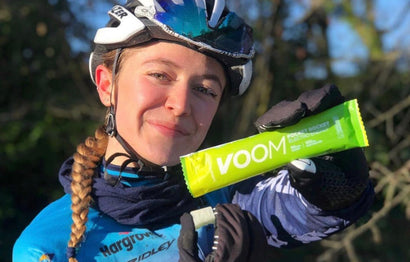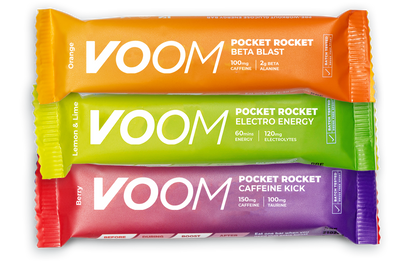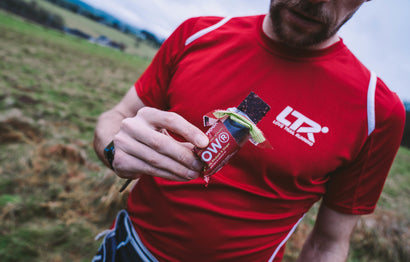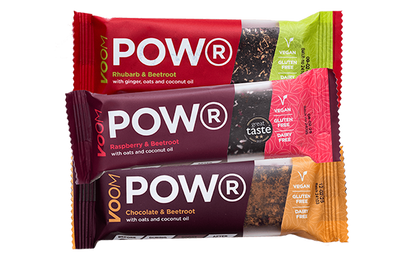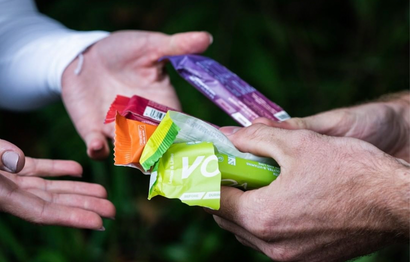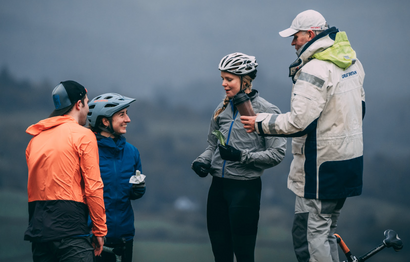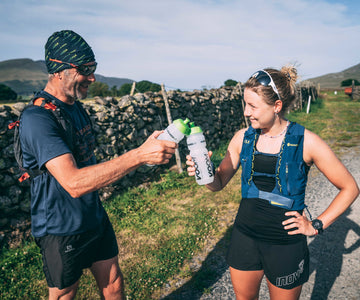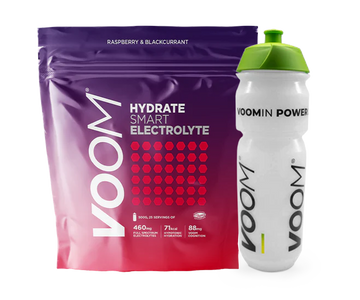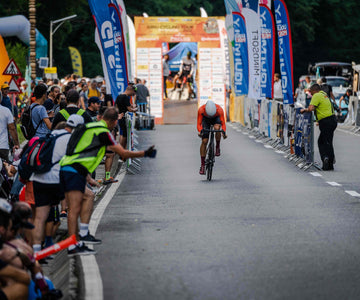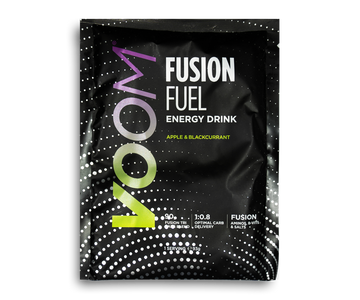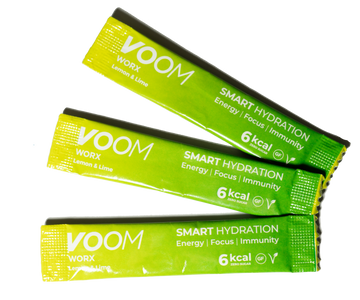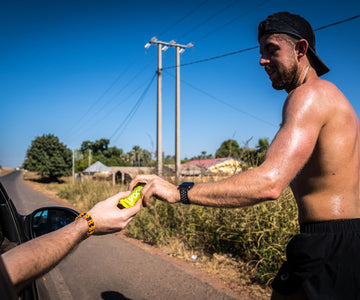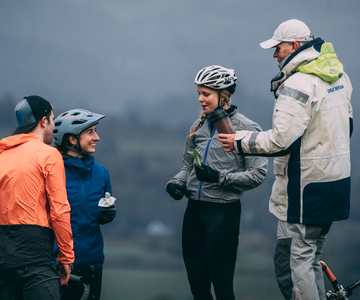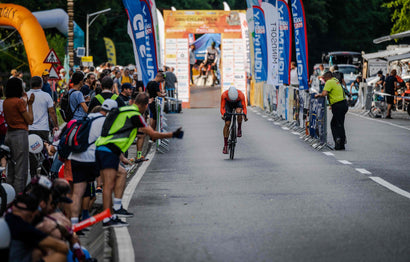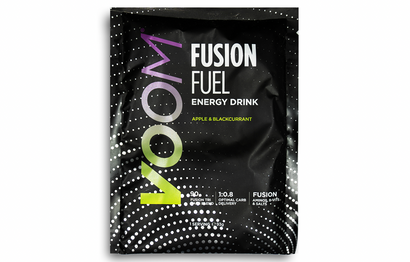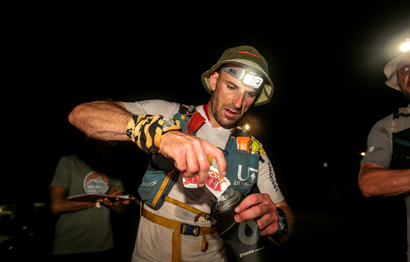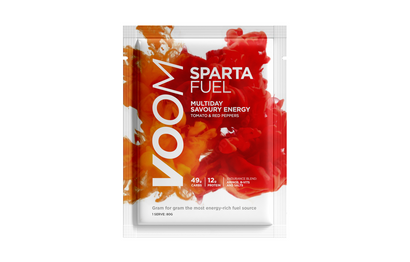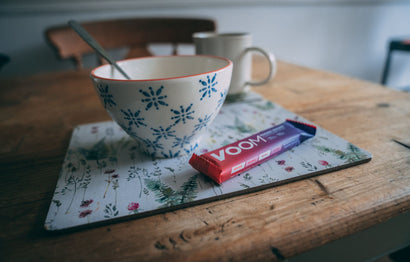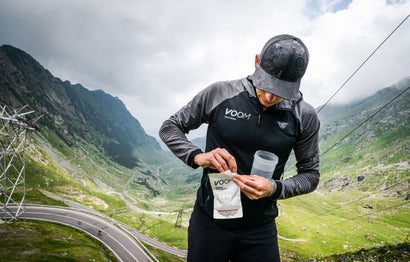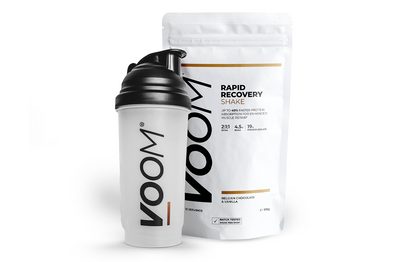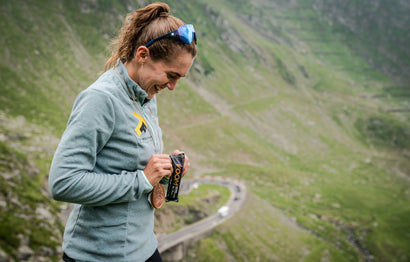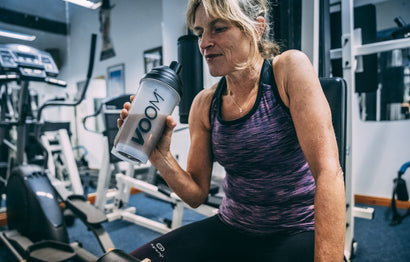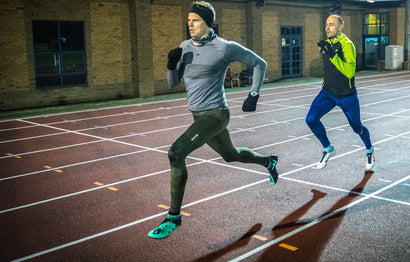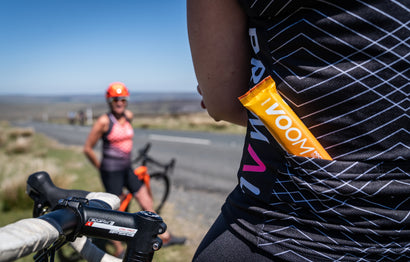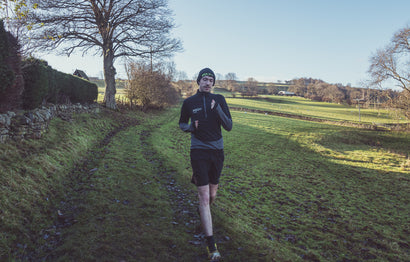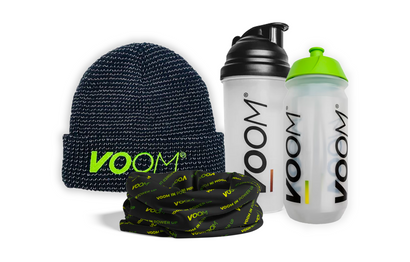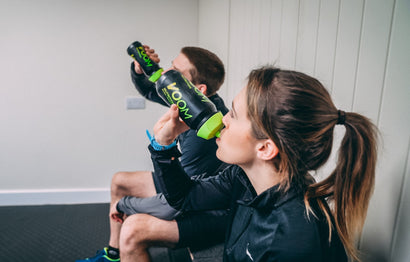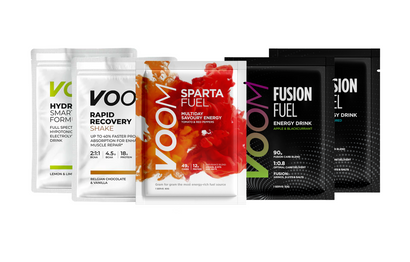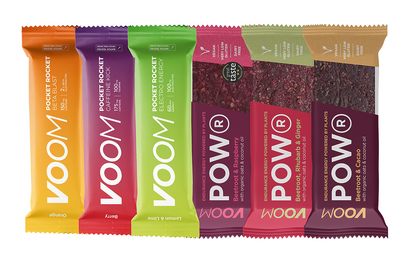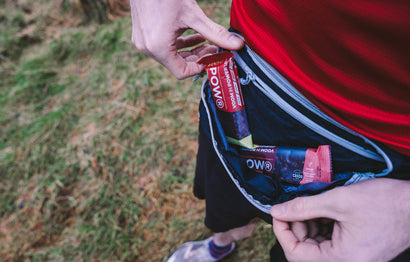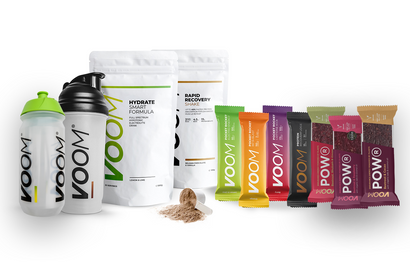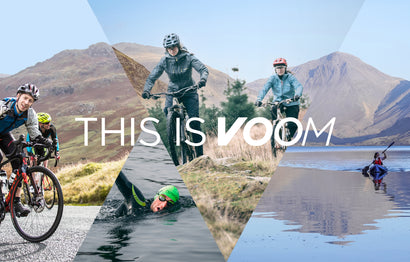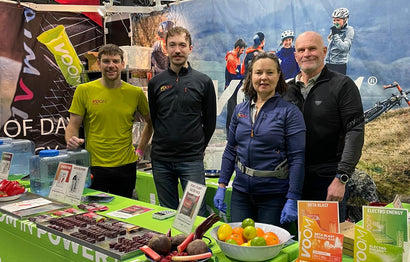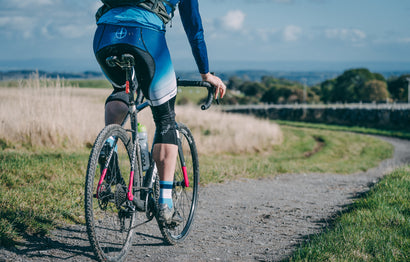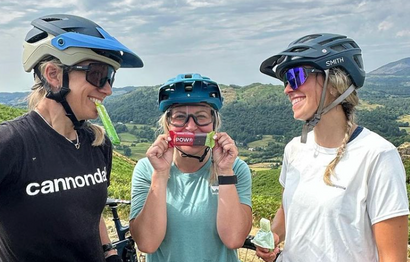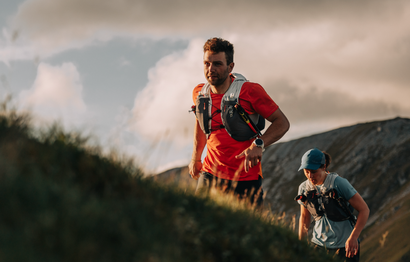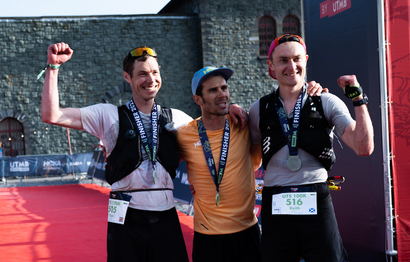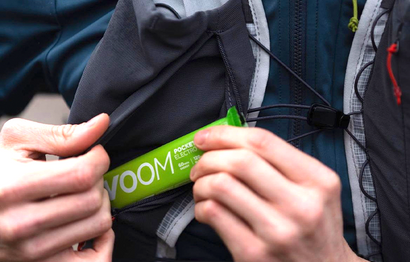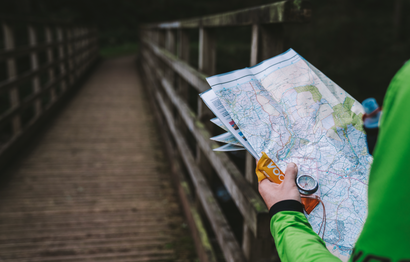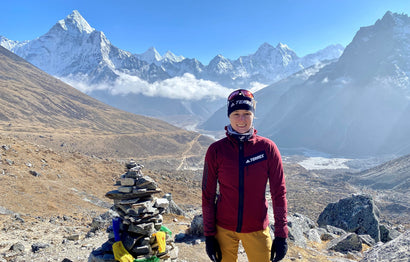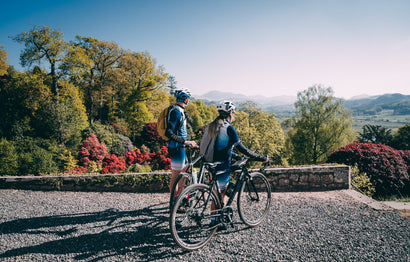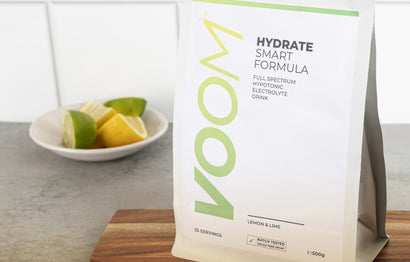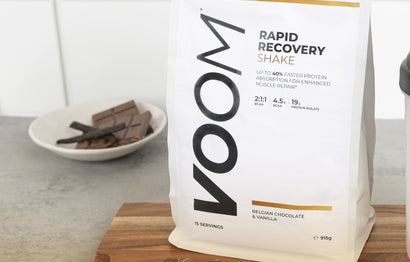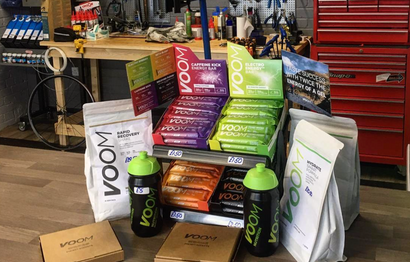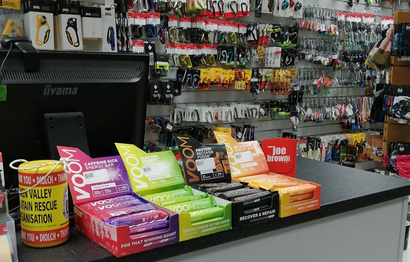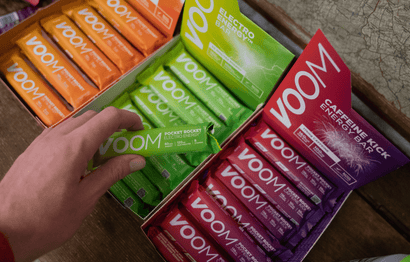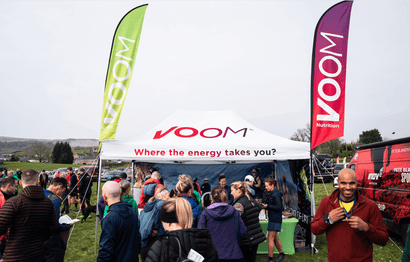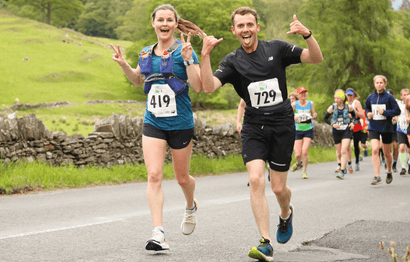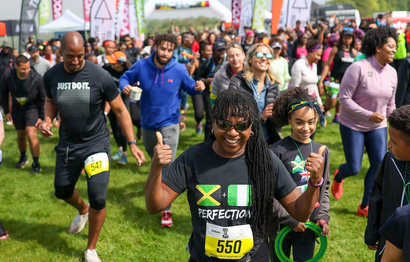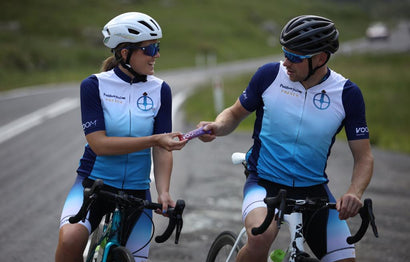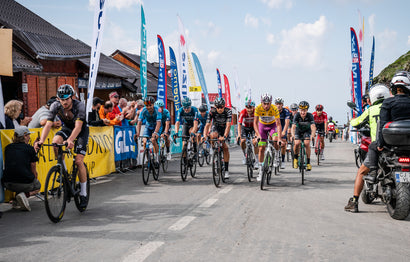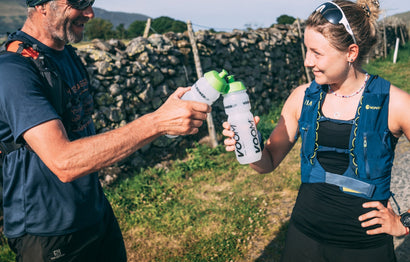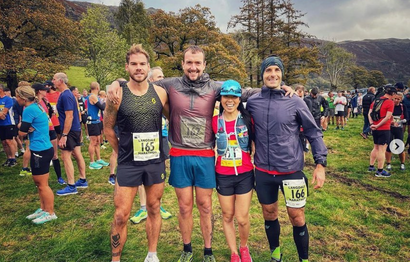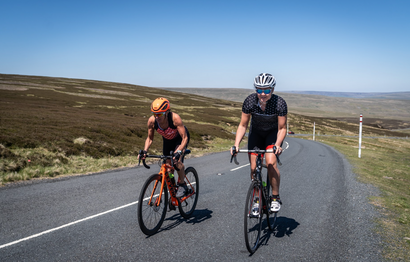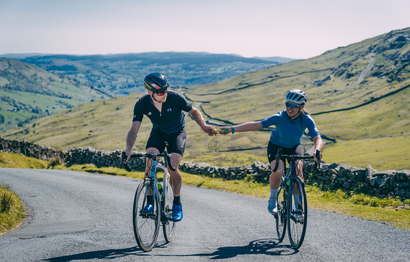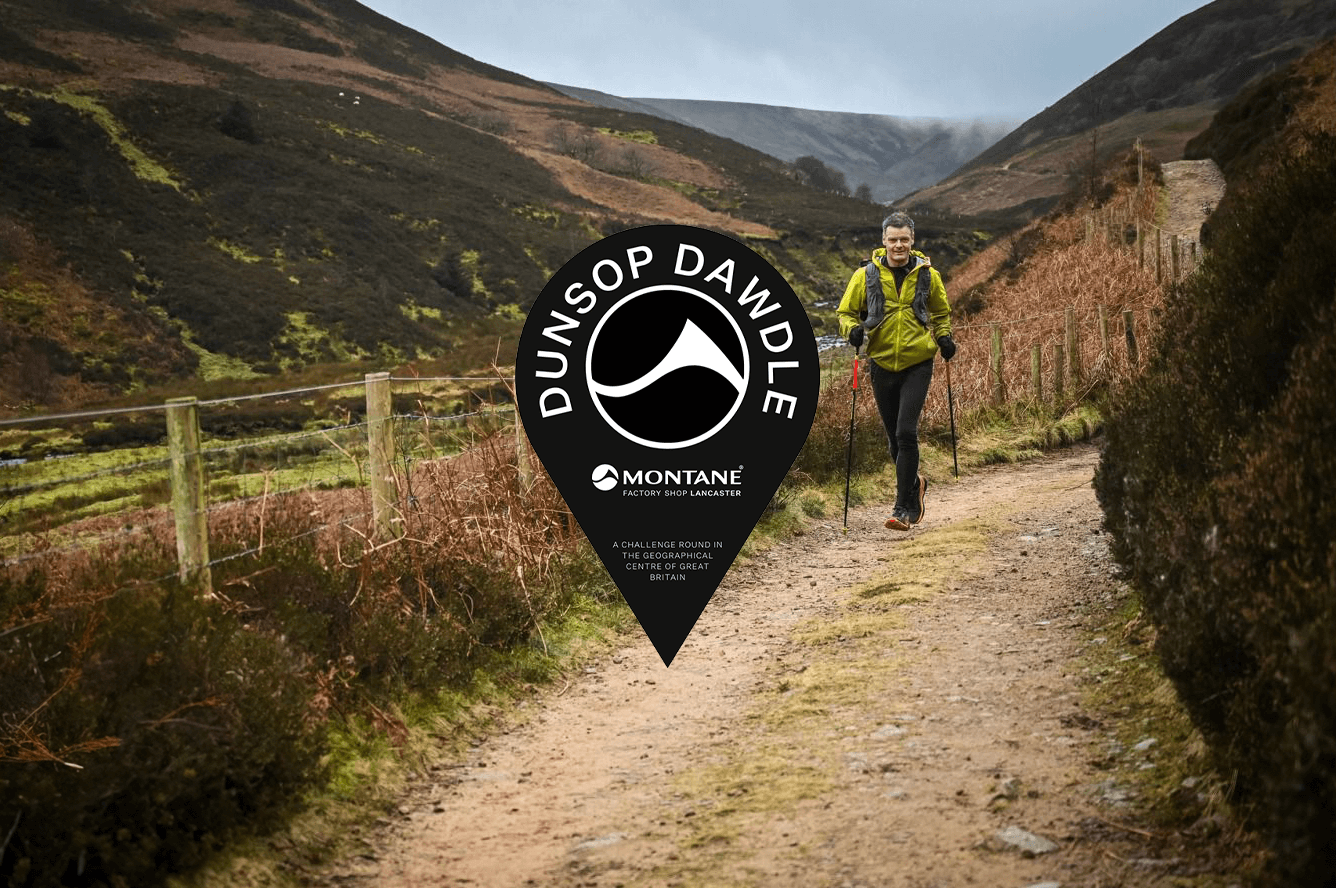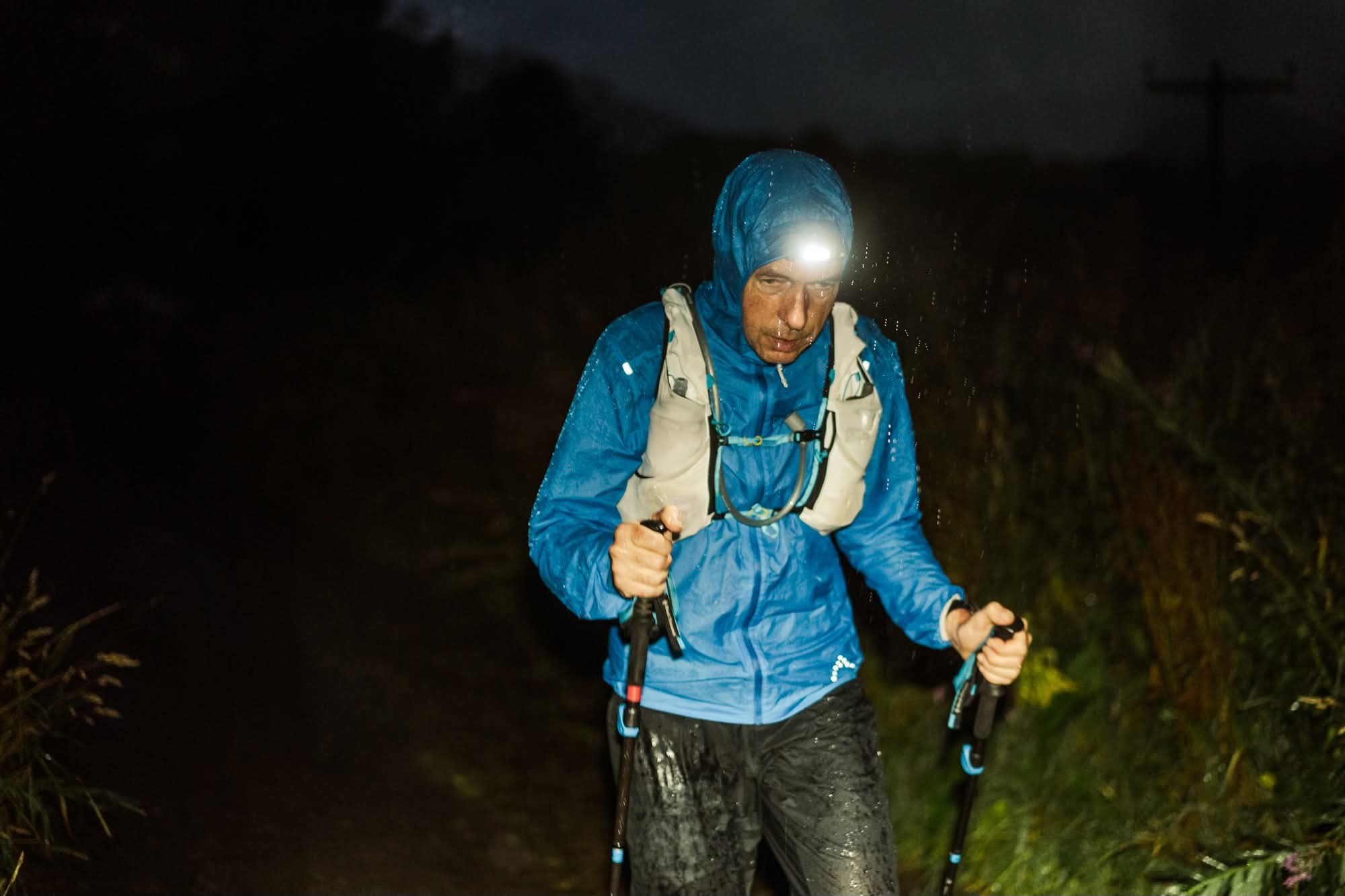Many of us want to enjoy the fells throughout the year whether that’s to build fitness ahead of other events or purely for the joy of it. Mountain running in the UK during the winter months presents a unique set of challenges thanks to our diverse landscapes and often unpredictable weather conditions. So being properly equipped is crucial for your performance, enjoyment and safety.
We share tips and recommendations from Simon Davies, co-owner of The Spine Race, plus a few of our own, as we guide you through what to wear and what gear to take when running in the mountains, ensuring you’re prepared for whatever the British winter throws your way.
Five Top Tips To Survive A Winter Day On The Fells
Let Somebody Know!
It’s always good practice to let someone know your intended route and approximate timings, without being unrealistic with your estimated pace! This isn’t to concern anyone but if you do run into difficulty and the worst should happen, Mountain Rescue will at least know where they should expect to find you.

Pack a Head Torch
Even if you’re only planning to be out during daylight hours, it’s always worth having a (charged) head torch in your pack during winter. With the shorter winter days a simple navigational error or a miscalculation of your pace can see the daylight fading quickly. To avoid being caught out we recommend always having a head torch in your pack - you never know when it could help you, or somebody else, out of trouble.

Buddy Up
Many mountain leaders recommend buddying up or going with a group unless you have expert navigational skills and extensive winter mountain experience. If you get into difficulty or have an accident and you have someone with you they can assist if you or vice versa.

Pack layers & enough suitable clothing
Layered Clothing: The key to staying comfortable in the mountains is layering. Not only can the weather change dramatically but so will your body temperature depending on your level of exertion. Start with a moisture-wicking base layer to keep sweat away from your skin. Add a thermal mid-layer for insulation, and top it off with a waterproof and windproof jacket. This combination will help you regulate your body temperature throughout your run and protect you from the elements.
Trail Running Shoes: Invest in a good pair of trail running shoes with a grip designed for unpredictable and often slippery terrain. Look for shoes with deep lugs for muddy conditions. My personal favourites include the Inov8 X-Talon and the Hoka Speedgoat - depending on how muddy the ground is likely to be.
Running Tights or Shorts: Choose according to the season; breathable, moisture-wicking running tights for colder conditions and shorts for warmer days. Some runners prefer compression tights for additional muscle support. I really like Montane's Slipstream Trail Running tights which are available in different levels of insulation depending on your preference and the likely temperature.
Hat and Gloves: A lightweight hat and a pair of gloves are essential for keeping warm during the colder months. Consider materials that are quick-drying and offer thermal insulation. I swear by Extremities Sticky Liner Gloves and prefer a thermal buff/gaiter instead of a hat for added versatility. For winter I recommend the Montane Protium Fleece Neck Gaiter.

Have Enough Energy!
The body burns through carbohydrates much more quickly in cold conditions simply to stay warm. For that reason it’s worth slightly increasing your carb intake compared to a normal day. That may mean increasing the frequency that you take on items of food, or perhaps supplementing your usual energy intake with a carbohydrate drink such as Fusion Fuel.
As a side note on energy… its worth noting that your phone battery fades much more quickly in the cold so having a paper map and compass, and the ability to use them can be an important back up option.

Additional Tips
Weather Awareness: Always check the weather forecast before heading out. The weather in the UK mountains can change rapidly, so be prepared for all conditions and pack your kit and adjust your route accordingly. Specialised mountain weather forecasts from organisations like MWIS are far more useful than standard weather Apps.
Pack Lightly But Wisely: While it’s important to be prepared, you also don’t want to be weighed down by unnecessary gear. Choose lightweight, multipurpose items and refine your kit over time in line with your experience.
Training and Preparation: Make sure you’re physically prepared for the demands of mountain running. Build up your distance and elevation gain gradually and get used to running on varied and technical terrain.
Mountain running in the UK is an adventure that combines physical challenge with the sheer beauty of nature and the joy of isolation. By wearing the right clothing and packing essential gear, you can ensure a safe, enjoyable, and rewarding experience. Remember, the mountains demand respect, so always plan ahead, stay aware of your surroundings, and leave no trace. Happy trails!

Winter Mountain Running Kit - Simon's Top Picks
Hydration: Even though it's likely to be cold staying hydrated is still crucial. There are now a huge range of running vests on the market that provide carrying capacity for all your kit as well as conveniently placed pockets for a couple of soft flasks and/or a bladder. The Montane Gecko comes in a range of different capacities and the smaller sizes are perfect for short runs. I often reach for my trusty Ultimate Direction Fastpack 20 if I'm headed out for a long day. I usually take at least 2 flasks, one with just water and the other containing an electrolyte and/or energy drink. Voom Fusion Fuel always hits the spot for me.
Energy Snacks: Running in the mountains requires a lot of energy. Pack lightweight, high-energy snacks like energy bars, gels, or dried fruits and nuts. If like me you struggle to drink a lot of electrolytes then check out the Voom Pocket Rocket Electro Energy Bar which offers a good mix of carbohydrates and electrolytes in a format I find really easy to digest - even if I'm running hard.
Navigation: The UK's mountainous regions can be complex to navigate. A GPS watch or device with preloaded maps can be helpful and avoid the need to keep stopping and checking you're on the right trail. There are a load of great phone Apps for navigation too (I use MapOut as a useful navigation back-up). However, it can still be worth carrying a map and compass (and knowing how to use them) especially if you're really heading off-grid.
Emergency Kit: Always pack a small emergency kit containing a whistle, a basic first aid kit, a headlamp or torch with extra batteries, and a survival blanket. These items can be lifesavers in unexpected situations.
Weather-Proof Phone Case: Taking a phone can be a smart move, Not only for that all-important summit selfie, but also as a navigation aid and of course for use in an emergency (just don't rely on always having a signal). So keep your phone protected from the elements with a weather-proof case or dry bag.

Other Winter Fell Run Kit Essentials
A good head torch, ideally minimum output of 150 lumens, will make sure you can see as darkness falls, whether planned or unplanned! The Silva Free 1200 XS is a fantastic option.
A set of poles can be really helpful in providing extra stability on rough, and potentially slippery, terrain. We recommend the Leki Ultratrail FX.1.
Gloves are an essential, ideally something warm, light and waterproof. The Leki Ultratrail Storm Shark ticks all the boxes and can clip directly into Leki poles.
Microspikes can give you much more control and confidence on ice and hard packed snow and greatly improve traction. We recommend the Kahtoola Microspike.
At the very least you should carry a bivi bag to retain heat if you are forced to stop on the mountain. The Life Systems Heatshield Thermal Bag is great.
Better still than a bivi bag is an emergency storm shelter. If you're following tip 3 from above, make sure between you there is are enough shelters and/or enough space for the whole group to shelter. We again recommend our partner brand Life Systems and their Ultralight Survival Shelter 4, which can fit four people.
Other packing essentials include an extra base layer, extra base layer bottoms or winter leggings if you're running in shorts, waterproof trousers and jacket, spare gloves, ideally waterproof, ski goggles/mask and a spare hat.

